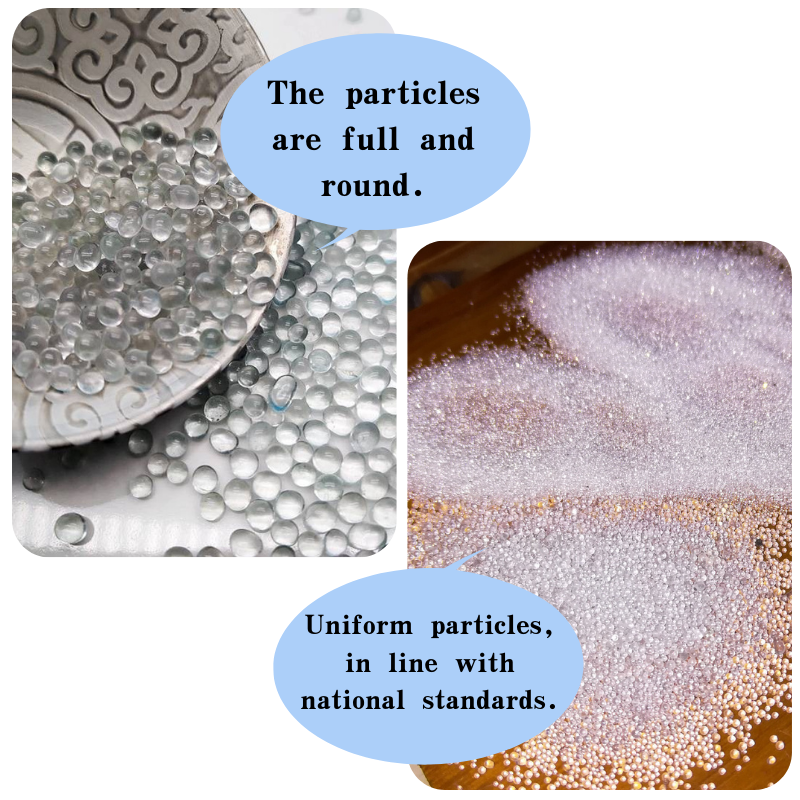
Exploring Innovations and Trends in the Fly Ash Industry for Sustainable Construction Solutions
The Fly Ash Industry An Overview
Fly ash, a byproduct of burning pulverized coal in electric power plants, has emerged as a significant component of the construction materials industry. With growing environmental concerns and a push for sustainable building practices, the fly ash industry plays a crucial role in transforming waste into valuable resources while minimizing environmental impact.
Understanding Fly Ash
Fly ash consists of fine particles that are carried away from the combustion process by flue gases. Once cooled and collected, it bears a resemblance to fine powder and is typically grey or black in color. Classified into two primary types—Class F and Class C—fly ash's properties vary depending on its source and chemical composition. Class F fly ash is produced from anthracite and bituminous coal, containing pozzolanic properties that make it an excellent substitute for Portland cement in concrete production. Class C fly ash, originating from lignite coal, possesses both cementitious and pozzolanic properties, contributing to its usability in various construction applications.
Environmental Benefits
The incorporation of fly ash in construction offers several environmental benefits. Firstly, it reduces the volume of waste sent to landfills. In the United States alone, millions of tons of fly ash are produced annually, prompting a need for its effective reuse. By repurposing fly ash, the industry helps alleviate landfill burden and conserves natural resources. Secondly, using fly ash in concrete enhances its durability, reduces permeability, and improves resistance to harsh environmental conditions. This leads to longer-lasting structures, translating into lower maintenance costs and decreased resource consumption over time.
Additionally, the substitution of traditional binders with fly ash can significantly decrease carbon dioxide (CO2) emissions associated with cement production. The cement industry is a substantial contributor to global CO2 emissions, accounting for approximately 8% of the total. By incorporating fly ash, industries can derive concrete mixtures that require less cement, thus lowering overall emissions and promoting greener construction practices.
Economic Implications
fly ash industry

The fly ash industry also presents substantial economic advantages. The production of concrete containing fly ash can result in cost savings for construction projects. Fly ash is often less expensive than Portland cement and can reduce overall material costs. Moreover, the increased performance of fly ash-blended concrete often leads to lower lifecycle costs associated with maintenance and repairs.
As global interest in sustainable building practices rises, the market for fly ash is projected to expand. Companies that produce and utilize fly ash are poised to benefit from increased demand as government regulations and building codes shift towards more eco-friendly materials. Furthermore, investments in research and development for innovative uses of fly ash are likely to create new market opportunities. For instance, fly ash can be utilized in the production of lightweight aggregates, road base materials, and even structural panels, diversifying its application range and catering to various segments within the construction industry.
Challenges and Future Directions
Despite the clear benefits, the fly ash industry faces challenges that must be addressed. Variability in fly ash quality due to differing coal compositions can affect performance parameters when used as a construction material. Ensuring consistent quality standards is essential for widespread adoption in highly regulated industries such as construction.
Moreover, the increasing push for renewable energy sources and the gradual phasing out of coal-fired power plants may limit the supply of fly ash in the long term. Therefore, this industry must explore alternative sources and innovative recycling methods to sustain fly ash production in the future. For instance, developing technologies to capture and utilize ash from biomass burning or other fossil fuels can provide future growth avenues and mitigate potential supply shortages.
Conclusion
The fly ash industry is a vital component of modern construction, providing solutions that are not only economically advantageous but also environmentally sustainable. As the world navigates through challenges of resource management and climate change, the utilization of fly ash in construction signifies a shift towards circular economy practices. By fostering innovation, adhering to quality standards, and exploring alternative feeds, the fly ash industry can continue to thrive and contribute positively to sustainable development endeavors.
Share
-
Premium Talcum Powder Enhanced with GPT-4 Turbo | Soft & Long-LastingNewsAug.02,2025
-
Fly Ash Solutions Enhanced by GPT-4 Turbo | Sustainable InnovationNewsAug.01,2025
-
Natural Premium Bentonite Cat Litter - Superior ClumpingNewsJul.31,2025
-
Premium Resin Coated Sand - High Heat Resistance CastingNewsJul.31,2025
-
High Quality Silicon Carbide Grit for Abrasive ApplicationsNewsJul.30,2025
-
High-Quality Ceramsite for Plants & Gardening | Lightweight PebblesNewsJul.29,2025






